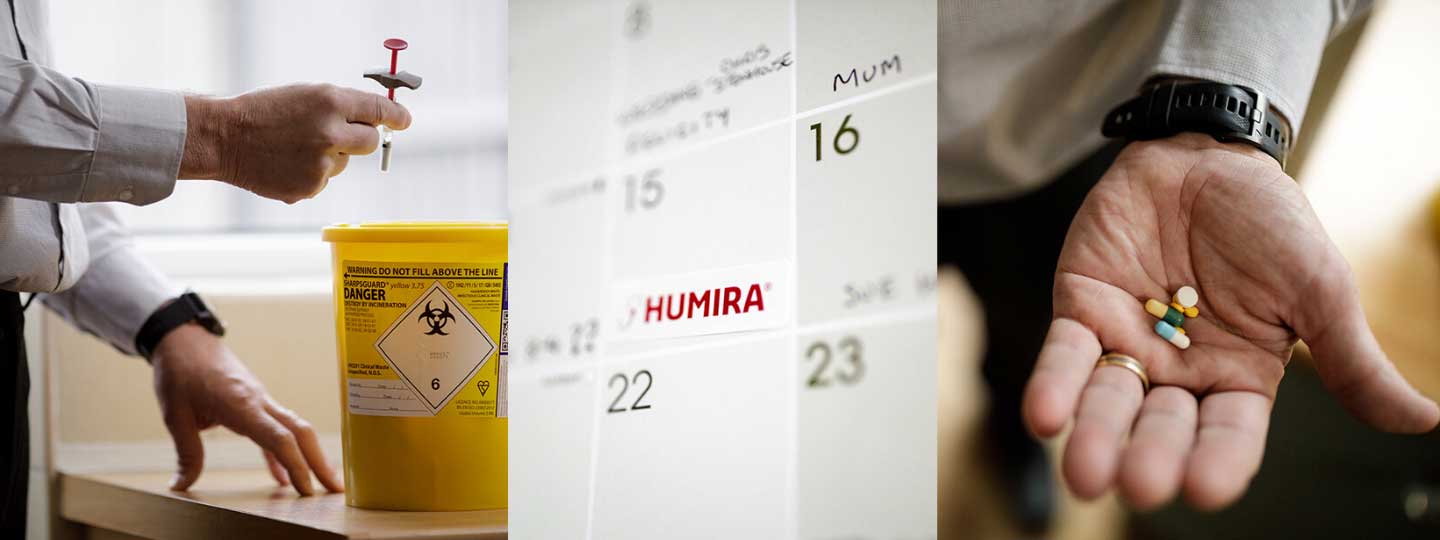How are new drugs developed?
12 May 2020
One major aim of medical research is to develop new treatments or drugs to improve the lives of patients.
This includes drugs that treat symptoms, target the causes of a condition, or vaccines that stop the spread of disease.
In the currentCOVID-19 pandemic, we’ve heard a lot in the news about new treatments or vaccines that may be on the horizon, but the timelines for these often aren’t clear.
How does a discovery in the lab make its way to patients?
The journey a new drug takes from research lab to the clinic or pharmacy can take many years.
According to Royal Pharmaceutical Society, the development timeline for a new drug typically takes 10-15 years from discovery of the drug through to treating patients.
Why does it take this long?
There are several phases to developing a drug, from discovery research in the laboratory, through clinical trials, to the drug reaching the clinic.
Discovery
This is a fundamental step to finding a new drug, which includes understanding how our body’s work, as well as how this changes in conditions such as arthritis.
Once a potential drug is found, lab experiments and animal studies are crucial first steps to understand how the drug works and how effective it could be.
Many news stories report a ‘breakthrough’ when the science is at this stage, in reality it’s still a long way from reaching patients.

第一阶段临床试验
如果动物研究表明积极的结果,药物可以be moved in to the first stage of human trials. This initial phase of testing is on a small number of people, to prove the drug is safe and get a rough idea of the dose at which the drug is likely to be effective.
Phase II clinical trials
These trials study the effectiveness of the drug in a greater number of people with the condition, compared to a control where the patient does not receive the treatment.
These studies can take months or years depending on the treatment and condition.
Phase III clinical studies
If phase I and II show promising results, a full-size trial will be conducted, hoping to prove (using statistics) whether the new treatment is better than no treatment. These are often multi-site (possibly internationally) and can last several years.
Licencing
Data from the clinical trials is presented to regulatory authorities, who review whether the new treatment is safe, effective, and meets quality standards (e.g. in drug manufacturing). If satisfied, a licence is issued.
Appraisal
Once licenced,NICE (National Institute for Health and Care Excellence)for England and Wales will appraise certain new medicines for use in the NHS, after considering effectiveness of new treatment and cost, amongst other factors.
What does this mean for COVID-19?
In the case of COVID-19, researchers are looking at several existing drugs that could be repurposed to treat the infection. This includes drugs that are currently approved for treatment in people with inflammatory arthritis.
Tocilizumabcan be prescribed forrheumatoid arthritisorjuvenile idiopathic arthritisand works by suppressing the activity of a molecule in the immune system called IL-6.
This can stop people with inflammatory arthritis experiencing a ‘cytokine storm’, which is when the immune system becomes overactive and attacks the patient’s own body and can cause organ failure.
Similar cytokine storms have been observed in some critically ill COVID-19 patients, so tocilizumab could have potential as a treatment.
Using existing drugs to treat COVID-19 could mean treatments are available more quickly, since the drug is already considered safe, and is licenced by the regulatory authorities.
How our research has helped to find new treatments
In the SYCAMORE clinical trial, researchers studied if usingadalimumabalongside the usual drugmethotrexatecould improve treatment of uveitis (swelling of the eyes) in children with juvenile idiopathic arthritis.
The trial was a great success, showing the adalimumab was effective in treating uveitis.Read more about the SYCAMORE trial.
Discovery science develops understanding
Not all drugs can be repurposed to treat different conditions, so discovery science remains an important part of medical research.
It increases our understanding of why and how a condition develops and seemingly small discoveries can help researchers identify potential targets for new drugs or a new treatments in the future.
Read more about our research
We’ll keep you posted on progress and updates. In the meantime,find out more about our research.